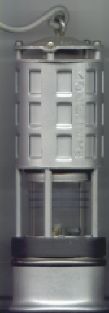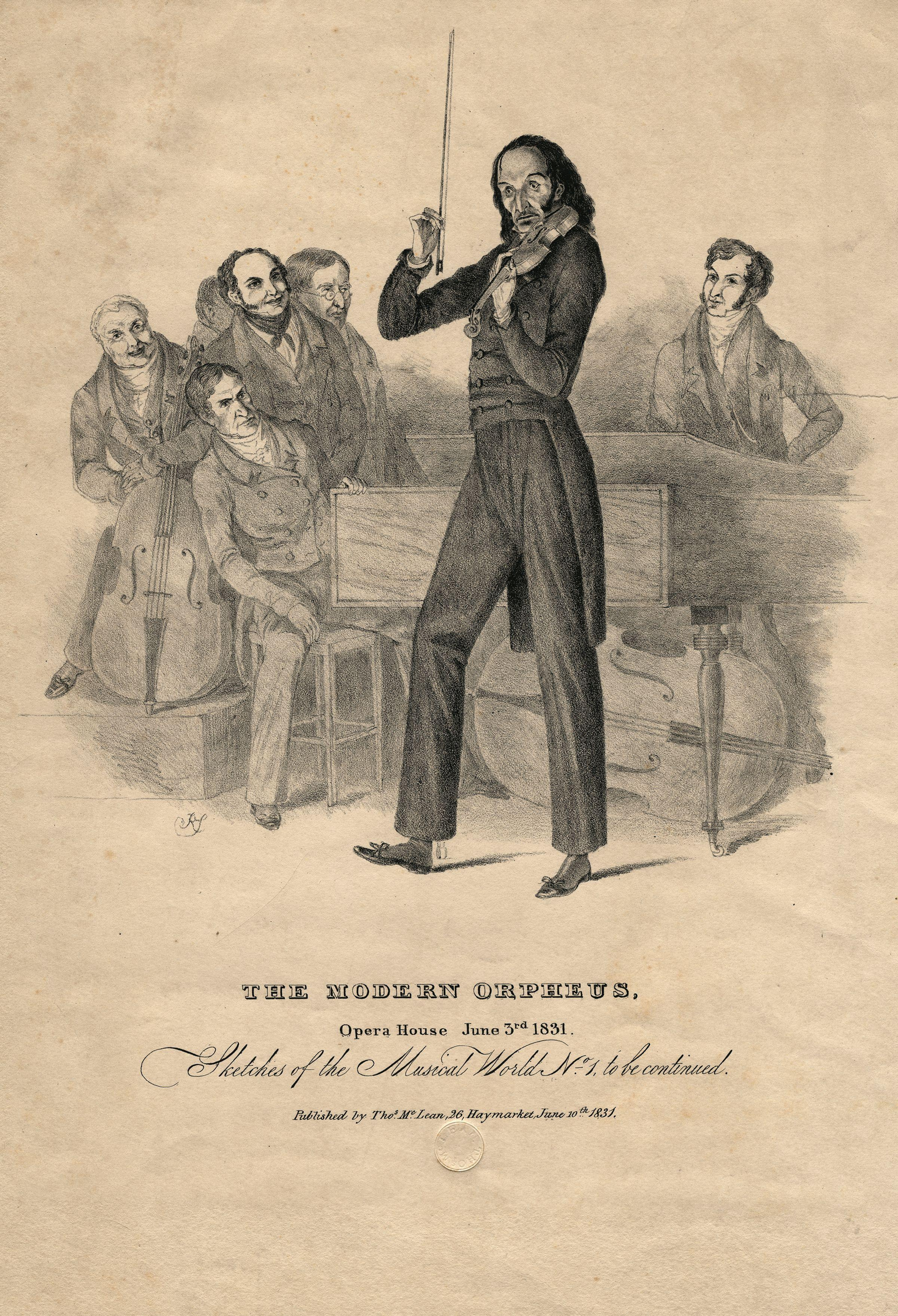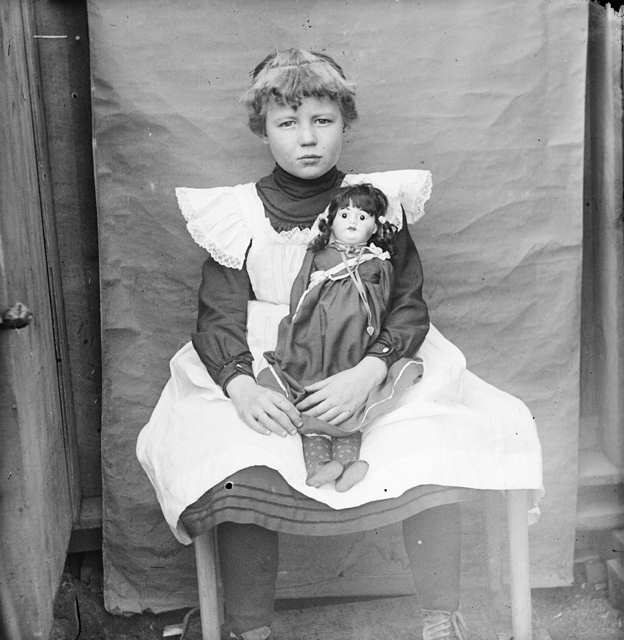|
Miner's Habit
A miner's habit (german: Berghabit or ''Bergmannshabit'') is the traditional dress of miners in Europe. The actual form varies depending on the region, the actual mining function, and whether it is used for work or for ceremonial occasions. Elements At work, the miner of the Middle Ages in Europe wore the normal costume for his local region – pit trousers (''Grubenhose''), shoes and miner's jacket (''Bergkittel''). Only gradually was the typical miner's uniform created by the addition of unmistakable elements of miner's apparel such as the miner's apron (''Arschleder''), knee pads (''Kniebügel''), miner's cap (''Fahrhaube'' or ''Fahrkappe'', later pit hat (''Schachthut''), the mining tools needed for work in the pit, such as hammers (''Fäustel''), chisels (''Eisen''), wedges, picks (''Keilhauen''), hoes (''Kratze''), shovels, crowbars, pikes (''Brechstangen'') or miner's chisels (''Bergeisen''), mallets (''Schlägel'') or carpenter's hatchets, the miners' safety lamps ... [...More Info...] [...Related Items...] OR: [Wikipedia] [Google] [Baidu] |
Safety Lamp
A safety lamp is any of several types of lamp that provides illumination in coal mines and is designed to operate in air that may contain coal dust or gases, both of which are potentially flammable or explosive. Until the development of effective electric lamps in the early 1900s, miners used flame lamps to provide illumination. Open flame lamps could ignite flammable gases which collected in mines, causing explosions; safety lamps were developed to enclose the flame and prevent it from igniting the surrounding atmosphere. Flame safety lamps have been replaced in mining with sealed explosion-proof electric lights. Background Damps or gases Miners have traditionally referred to the various gases encountered during mining as damps, from the Middle Low German word ''dampf'' (meaning "vapour"). Damps are variable mixtures and are historic terms. * ''Firedamp'' Naturally occurring flammable mixtures, principally methane. * ''Blackdamp'' or ''Chokedamp'' Nitrogen and carbon dioxide ... [...More Info...] [...Related Items...] OR: [Wikipedia] [Google] [Baidu] |
Georgius Agricola
Georgius Agricola (; born Georg Pawer or Georg Bauer; 24 March 1494 – 21 November 1555) was a German Humanist scholar, mineralogist and metallurgist. Born in the small town of Glauchau, in the Electorate of Saxony of the Holy Roman Empire, he was broadly educated, but took a particular interest in the mining and refining of metals. For his groundbreaking work ''De Natura Fossilium'' published in 1546, he is generally referred to as the Father of Mineralogy.Rafferty, John P. (2012). ''Geological Sciences; Geology: Landforms, Minerals, and Rocks''. New York: Britannica Educational Publishing, p. 10. He is well known for his pioneering work '' De re metallica libri XII'', that was published in 1556, one year after his death. This 12-volume work is a comprehensive and systematic study, classification and methodical guide on all available factual and practical aspects, that are of concern for mining, the mining sciences and metallurgy, investigated and researched in its nat ... [...More Info...] [...Related Items...] OR: [Wikipedia] [Google] [Baidu] |
Friedrich Wilhelm Heinrich Von Trebra
Friedrich Wilhelm Heinrich von Trebra (5 April 1740 – 16 July 1819) was a mining officer in Saxony. He took an interest in geology and was a friend of Johann Wolfgang von Goethe who worked in Ilmenau. He was involved in the recovery of Saxon mining following the Seven Years' War. Trebra came from a noble family of Thuringia and was born in Allstedt, son of Christoph Heinrich von Trebra (1694-1745) and Amalia Carolina Liberta née von Werder. He studied at Roßleben and law at the University of Jena before joining the newly created mining school in Freiberg after meeting Friedrich Anton von Heynitz Friedrich Anton von Heynitz (14 May 1725 – 15 May 1802) was an aristocrat and cameralist in Saxony who founded the oldest mining school in the world, the Bergakademie Freiberg. He studied mining and was involved in reforming the mining and metal ... in 1766. He then became a superintendent (Bergmeister) of the mines in Marienberg in 1767 and rose to mining captain in 1773. He was in ... [...More Info...] [...Related Items...] OR: [Wikipedia] [Google] [Baidu] |
Bergmeister
A ''Bergmeister'' ( lat, Magister montium) was a mine manager or foreman in German-speaking Europe who, along with the '' Bergvogt'', was one of the officials serving on a mining court (''Berggericht''). There were ''Bergmeisters'' in every mining district in Germany. In Austria the ''Bergmeister'' was also called the ''Obristbergmeister''.Max Joseph Gritzner: ''Commentar der Ferdinandeischen Bergordnung vom Jahre 1553.'' Bei Praumüller und Seidel, Wien 1842 See also * Bergordnung * Bergrecht *Bergregal The ''Bergregal'' () was the historic right of ownership of untapped mineral resources in parts of German-speaking Europe; ownership of the ''Bergregal'' meant entitlement to the rights and royalties from mining. Historically, it was one of th ... References Resource extraction occupations Miners ... [...More Info...] [...Related Items...] OR: [Wikipedia] [Google] [Baidu] |
Marienberg, Saxony
Marienberg is a town in Germany. It was the district capital of the Mittlerer Erzgebirgskreis (Central Ore Mountains district) in the southern part of Saxony, and since August 2008 it has been part of the new district of Erzgebirgskreis. As of 2020, the town had 16,716 inhabitants. Location and design The town is situated on a plateau north of the Ore Mountain ridge, at an elevation between 460 and 891 metres above sea level. It is approximately 31 kilometres south of Chemnitz, to which it is connected via the Flöha Valley Railway. The historical town centre follows a rectangular plan, imitating Italian renaissance. The centre is the market square, a square of 1.7 hectares in area. Marienberg and Pobershau were merged into the administrative unit (''Verwaltungsgemeinschaft'') of Marienberg, Pobershau has been incorporated into Marienberg with effect from 1 January 2012. Town districts Marienberg's districts are: *Marienberg *Ansprung *Gebirge *Gelobtland *Grundau *Kühn ... [...More Info...] [...Related Items...] OR: [Wikipedia] [Google] [Baidu] |
Tapping Bar
Tapping is a playing technique that can be used on any stringed instrument, but which is most commonly used on guitar. The technique involves a string being fretted and set into vibration as part of a single motion. This is in contrast to standard techniques that involve fretting with one hand and picking with the other. Tapping is the primary technique intended for instruments such as the Chapman Stick. Description Tapping is an extended technique, executed by using either hand to 'tap' the strings against the fingerboard, thus producing legato notes. Tapping generally incorporates pull-offs or hammer-ons. For example, a right-handed guitarist might press down abruptly ("hammer") onto fret twelve with the index finger of the right hand and, in the motion of removing that finger, pluck ("pull") the same string already fretted at the eighth fret by the little finger of their left hand. This finger would be removed in the same way, pulling off to the fifth fret. Thus the three not ... [...More Info...] [...Related Items...] OR: [Wikipedia] [Google] [Baidu] |
Rake (tool)
A rake (Old English ''raca'', cognate with Dutch ''hark'', German ''Rechen'', from the root meaning "to scrape together", "heap up") is a broom for outside use; a horticultural implement consisting of a toothed bar fixed transversely to a handle, or tines fixed to a handle, and used to collect leaves, hay, grass, etc., and in gardening, for loosening the soil, light weeding and levelling, removing dead grass from lawns, and generally for purposes performed in agriculture by the harrow. Large mechanized versions of rakes are used in farming, called hay rakes, are built in many different forms (e.g. star-wheel rakes, rotary rakes, etc.). Nonmechanized farming may be done with various forms of a hand rake. Types of rakes Modern hand-rakes usually have steel, plastic, or bamboo teeth or tines, though historically they have been made with wood or iron. The handle is typically a ~ haft made of wood, bamboo, steel or fiberglass. Leaf rakes, used like a broom to gather leaves, c ... [...More Info...] [...Related Items...] OR: [Wikipedia] [Google] [Baidu] |
Pinafore
A pinafore (colloquially a pinny in British English) is a sleeveless garment worn as an apron. Pinafores may be worn as a decorative garment and as a protective apron. A related term is ''pinafore dress'' (known as a ''jumper'' in American English), i.e. a sleeveless dress intended to be worn over a top or blouse. A key difference between a pinafore and a jumper dress is that the pinafore is open in the back. In informal British usage, however, a pinafore dress is sometimes referred to as simply a pinafore, which can lead to confusion. Nevertheless, this has led some authors to use the term "pinafore apron", although this is redundant as pinafore alone implies an apron. The name reflects the pinafore having formerly pinned (pin) to the front (afore) of a dress. The pinafore had no buttons and was simply "pinned on the front". Differentiations Pinafores are often confused with smocks. Some languages do not differentiate between these different garments. The pinafore dif ... [...More Info...] [...Related Items...] OR: [Wikipedia] [Google] [Baidu] |
Hewer
A hewer (german: Hauer or ''Häuer'') is a miner who loosens rock and minerals in a mine. In medieval mining in Europe a ''Hauer'' was the name given to a miner who had passed his test (''Hauerprüfung'') as a hewer. Training In Europe in former times, before he could become a hewer, the miner had to learn to be a "sorter boy" (''Scheidejunge''), identifying ores and separating the ore from the gangue. After that he would continue his training in the pit itself. Here, he had to learn further skills, initially as a putter (''Hundtstößer'' literally "truck pusher"), transporting material around the mine in wagons. Only afterwards could he learn the skills, as an apprentice hewer (''Lehrhäuer''), that he would later need as a hewer. This form of training, the acquisition of knowledge by experience, was practised in mining until the First World War. From the 1920s, the training of hewers was legally regulated as a result of union demands. Because, in the meantime, many skills re ... [...More Info...] [...Related Items...] OR: [Wikipedia] [Google] [Baidu] |
Steiger (mining)
A ''Steiger'' (literally "climber") is the title of a mining foreman or mine manager, used in German-speaking Europe. He bears responsibility for part of the mine and the people subordinated to him. The name is derived from the former role of a ''Steiger'', who continually had to climb into and out of the pit.Heinrich Veith: ''Deutsches Bergwörterbuch mit Belegen.'' Verlag von Wilhelm Gottlieb Korn, Breslau 1871 The ''Steiger'' is celebrated in a very popular German mining song the so-called '' Steigerlied'' (''Glückauf, Glückauf; der Steiger kommt …''). Historical role In medieval and early modern times, the state mining regulations obliged mining companies to employ pit officials for the supervision of their mines. Until the mid-19th century, these officials were civil servants. The term ''Steiger'' for these pit officials became established very early on in the mining regulations. The hiring and firing of pit officials was the responsibility of the mining authority or ''B ... [...More Info...] [...Related Items...] OR: [Wikipedia] [Google] [Baidu] |
Tinder
Tinder is easily combustible material used to start a fire. Tinder is a finely divided, open material which will begin to glow under a shower of sparks. Air is gently wafted over the glowing tinder until it bursts into flame. The flaming tinder is used to ignite kindling, which in turn is used to ignite the bulk material, to produce a fire. Tinder can be made of any flammable substance, as long as it is finely divided and has an open structure. Technique Any flammable material may be used as long as it is finely divided. As the tinder gets thinner, the surface area and edges increase, making it ignite more easily. Wood tinder can be made by carefully shaving thin slivers off a larger piece. Another method which keeps these slivers together, is to make a feather stick. The driest wood, which makes the best tinder, is that of dead branches that have not yet fallen to the ground. If a fire is to be lit by sparks rather than matches, char cloth, punkwood, fungus or down are co ... [...More Info...] [...Related Items...] OR: [Wikipedia] [Google] [Baidu] |










